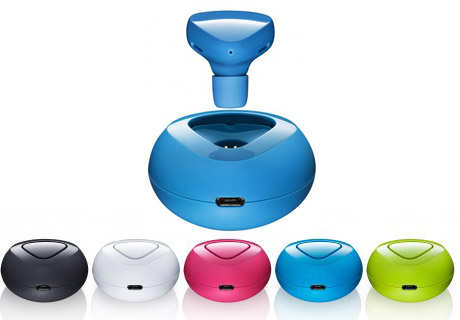
Picture wearable technology and you probably imagine Star Trek characters sporting shimmering glasses, or those guys from Tron clad in skintight bodysuits. Like most things in retro sci fi films, wearable tech has a tendency towards kitsch. Yet, sci fi for all its flamboyant exaggeration, also has an uncanny knack for getting the future right. And wearable tech is closer than ever to being everyday.
Wearable tech’s been around for ages
The first truly wearable mobile computing device was developed way back in 1961 by Edward O. Thorp and Claude Shannon, best known as “the father of information theory”. The device, a concealed cigarette-pack sized analog computer, was designed to cheat at roulette by predicting where the ball would end up. It used micro-switches hidden in your shoes to indicate the speed of the roulette wheel. The computer told the wearer what to bet on by sending musical tones to a miniature speaker hidden in the ear.
Lots of companies are working on it
Wearable phones are hardly a new idea either. In 2000, IBM showcased a matching set of silver earrings, necklace, watch, and ring, which at first glance looked like ordinary jewelry, but was in fact a wearable cell phone. Nokia’s concept phone Morph, shown off in 2009, highlighted the prospect of devices that adapt to our body shape. In the same year, Nokia patented the Nokia input sleeve. This comfy creation contained embedded sensors, which reacted to the way your hand moved and transmitted your gestures as commands, wirelessly to your mobile device.
There’s a real world need for it
How much time do you spend staring at your mobile device screen? Probably too much. Screen gazing is such a modern malaise that some cities, such as Philadelphia in the US, are fining people for texting while walking. Michael Liebhold, a specialist in wearable computing for the Institute for the Future, told the New York Times that over next few years, glasses with “built-in screens and, eventually, contact lenses with working displays,” will get rid of such dangers. In fact, research involving “Terminator-like” bionic contacts, which superimpose elements of augmented reality in front of the viewer, have already been successfully tested.

We’re already wearing tech
Thanks to Bluetooth and NFC, we’re already wearing parts of our devices. The first Bluetooth headset, for example, was launched in 1998. Yet after 13 years, only 4% of mobile phone users wear them. Why so few? Research has shown that many people think they look silly. But with funkier designs like the Nokia Luna making headsets look less Terminator and more Bond (or Bond girl), that’s all set to change.

Whether it’s glasses, headsets, bracelets or sleeves, wearable technology looks set to make the jump from gimmick to gimme. Question is, are you?


